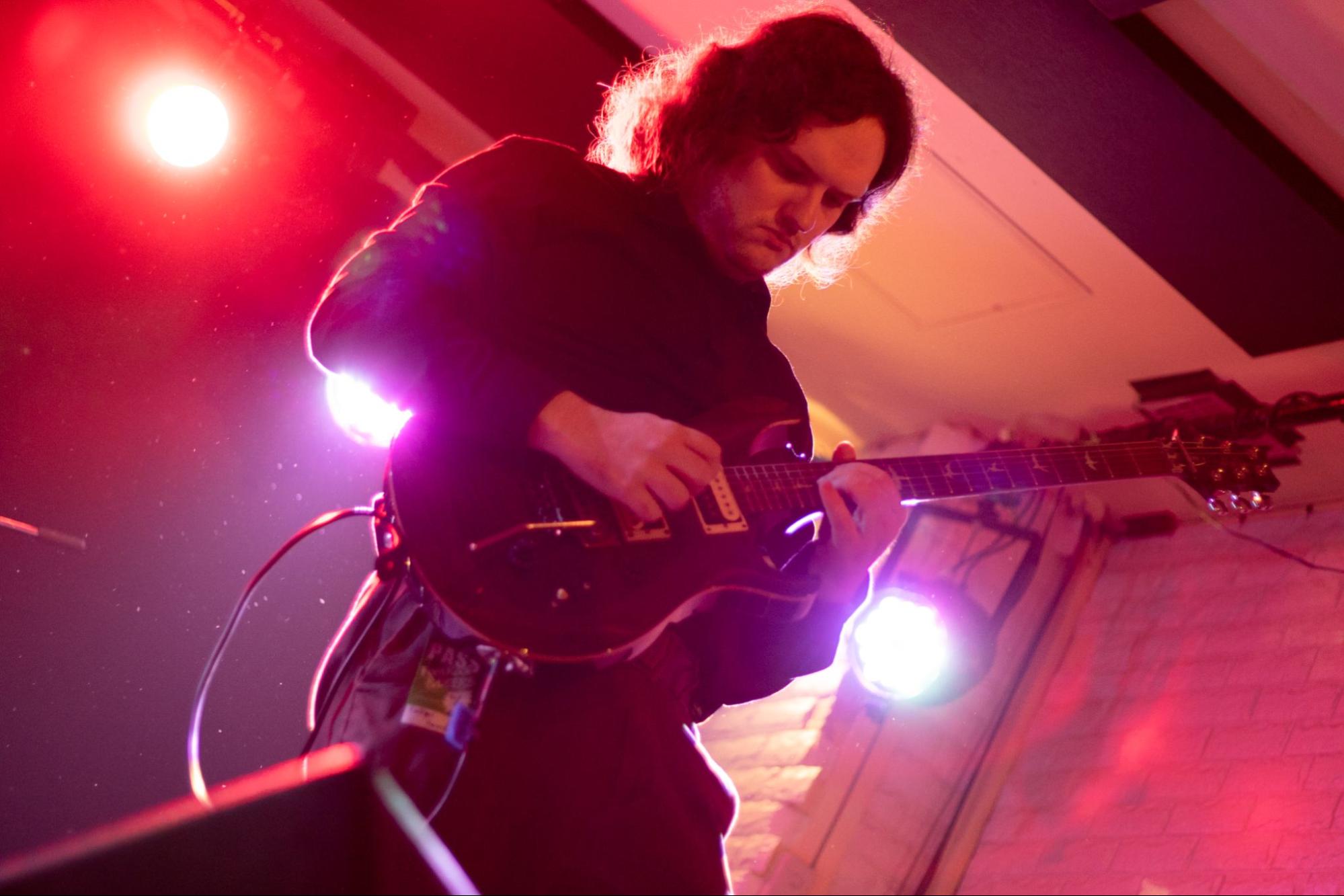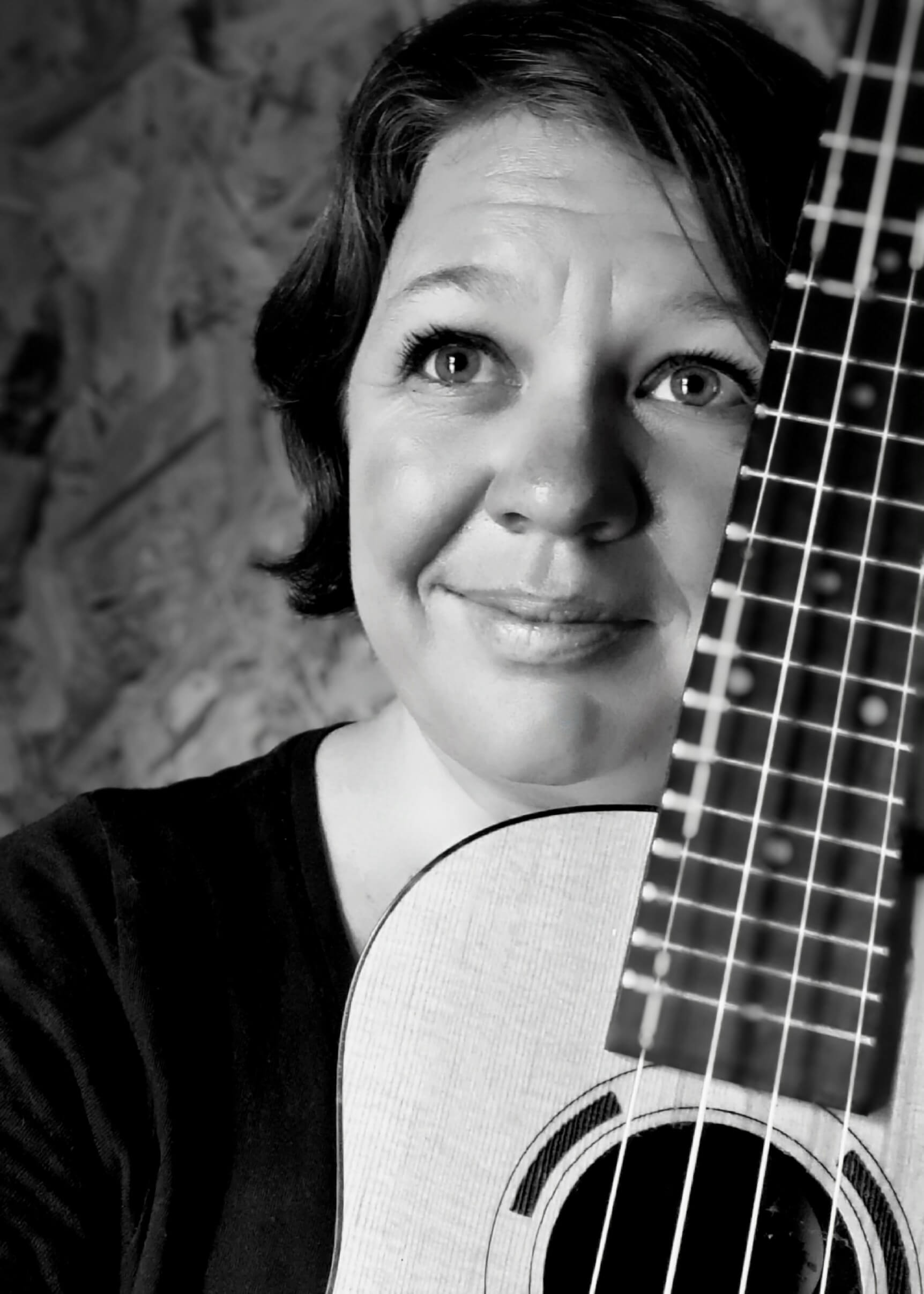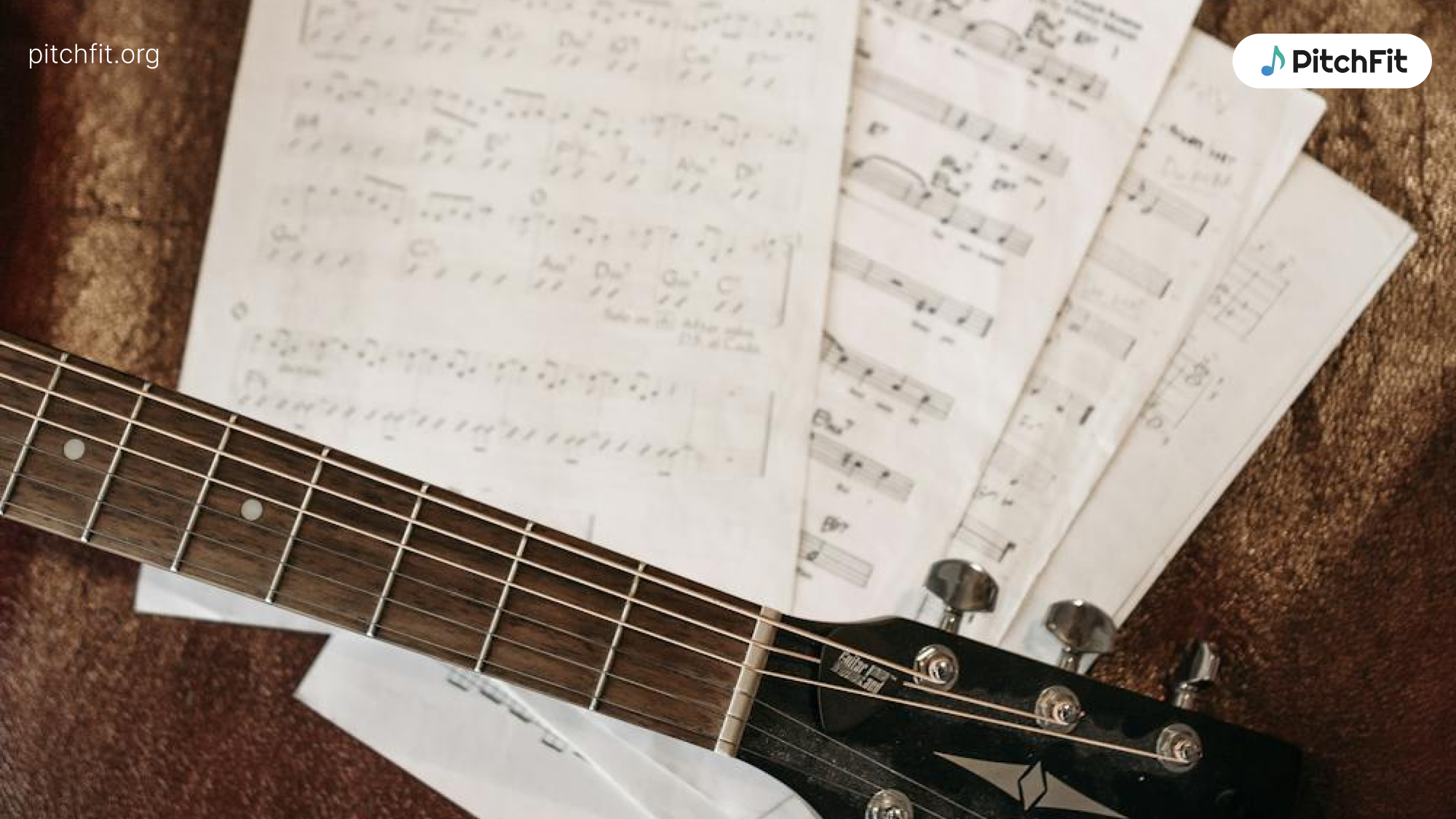Perfect pitch (or absolute pitch) is the ability to identify a musical note without hearing a reference note. Typically, when we say “note,” people think of this in terms like C, D, or G, but it’s possible to undergo perfect pitch training and take a perfect pitch test without needing to know these specific note names. Whether you’re familiar with the traditional letter names or the solfège system (Do, Re, Mi), there are various ways to assess pitch accuracy without formal note identification or deep knowledge of music theory.
What is Perfect Pitch?
Perfect pitch allows someone to:
- Instantly recognise or reproduce a note without needing a reference tone
For example, if someone asks you to sing an A or an F-sharp, you can produce the exact note without hearing it first. This ability allows you to identify and reproduce any given note from memory without any external cue, relying solely on your internal sense of pitch. - Sing a note on command, like F (Fa), without any external help
Imagine you are at a band practice and the guitar player’s A string is out of tune. You could sing a reference pitch for them without needing any reference yourself. - Recognise when a piece of music has been transposed
Let’s say you’re listening to "Happy Birthday," which is typically sung in G major. If someone sang it in F major instead, you’d notice the change in key immediately, even though it’s only a tone lower. This sensitivity allows you to catch even the smallest pitch changes in familiar music. - Be aware of tuning
If you had perfect pitch, you would be able to tell instantly if an instrument was out of tune, or if a recording or performance was tuned to a different standard than the one you are used to (A = 440 Hz for example).
Musicians with perfect pitch can do all this instinctively, recognising notes immediately.
Relative Pitch vs. Perfect Pitch
Most musicians rely on relative pitch, which refers to the identification of notes based on their distance from other notes. For example, you might not know what a G (So) sounds like on its own, but if someone plays a C (Do) first, you can identify the G based on the interval (in this case, a fifth) between the two. Musicians with relative pitch focus more on the relationship between notes, recognising intervals rather than individual tones. While this skill differs from perfect pitch, it’s crucial for most musicians.
Is Perfect Pitch Genetic?
Research suggests that there is a genetic component to perfect pitch. Studies involving identical twins have shown a higher likelihood of both possessing perfect pitch compared to fraternal twins. Additionally, perfect pitch often runs in families, indicating a genetic predisposition. However, environmental factors, such as early musical training, play a significant role as well. The interplay between genes and exposure to music theory, especially during a critical period in childhood, helps determine whether or not someone will develop perfect pitch.
Is Perfect Pitch Innate?
Whether perfect pitch is a skill that can be developed in very early childhood or an innate talent is a longstanding debate. Some argue that perfect pitch can be honed with training at a young age, while others feel it’s more of a gift that you either have or do not have. Many musicians who possess perfect pitch seem to have had it from early childhood without deliberate practice. However, certain methods like ear training can enhance pitch recognition, blurring the line between natural talent and learned skill.
What Are the Signs That You Have Perfect Pitch?
Even without a formal test, perfect pitch often reveals itself through everyday experiences with sound and music. You may notice subtle signs that point to this unique auditory ability, such as identifying notes effortlessly or feeling uncomfortable when something is out of tune. These signs may appear as you are learning a piece of music and find recalling melodies effortless, or when your sensitivity to tuning stands out from others. Below are several key indicators that may suggest you possess perfect pitch.
You recognize key changes
You might have perfect pitch if you can instantly detect when a song is played or sung in a different key than the original. This can feel uncomfortable or even annoying, as you have an inherent sense of the "correct" pitch. For example, you might notice when someone sings a karaoke version of a song in a different key. This sensitivity to pitch variations is a potential indicator of perfect pitch.
You can recall and sing exact pitches
If you can sing a song from memory in the correct key without needing any reference, this could be a sign of perfect pitch. Your brain stores the exact pitches of familiar tunes, allowing you to reproduce them accurately even after a long time. For instance, when asked to sing the first note of a song, you hit the note perfectly without external help. This pitch recall reflects an innate ability to recognise and reproduce musical notes accurately.
You associate notes with colors (Synesthesia)
Some people with perfect pitch experience synesthesia, where they associate musical notes with specific colours. For example, hearing an F sharp might evoke the colour green, while a C could appear as blue in your mind. If you "see" colours when listening to music or playing notes, this unusual sensory crossover might be a sign that you have perfect pitch.
You have a sensitivity to tuning
If you find out-of-tune instruments or off-pitch singing particularly irritating, this could signal perfect pitch. People with perfect pitch often feel uncomfortable listening to a guitar or a piano that isn’t perfectly tuned to the standard A = 440 Hz. Even slight variations can sound wrong to you, such as hearing a recording that wasn’t tuned correctly or an instrument that is slightly out of tune. This can be especially noticeable during historical performances that follow older tuning conventions. This heightened sensitivity to pitch accuracy suggests that your auditory system is finely tuned to detect small deviations.
Involuntary Musical Imagery: Hidden Perfect Pitch?
Even if you don’t have true perfect pitch, you might have a hidden form of perfect pitch if you can accurately sing or hum a song that’s stuck in your head, even without hearing a reference tone.
This phenomenon, called involuntary musical imagery (INMI), suggests that many people have latent pitch memory. For example, you might be able to hum the first note of a song like "Happy Birthday" at the correct pitch without a reference note.
The Levitin Effect
This natural ability to recall accurate pitches, even unconsciously, is connected to the Levitin Effect, which demonstrates how our brains store musical information with surprising precision. Psychologist Daniel Levitin’s research revealed that people can often sing familiar songs at the correct pitch without any external cues.
And this is the perfect segue into testing for perfect pitch, even if you don't know how to read music or identify note names!
How to Test Perfect Pitch Without Knowing Note Names
You don't need to know traditional letter note names to take a perfect pitch test. Here are some other methods to evaluate this ability:
1. Pitch matching
In this simple test, a sound – such as a note on the piano – is played, and you're asked to reproduce it by humming or singing. The key focus is whether you can match the tone accurately, not whether you can name the note. This test is useful for identifying whether you can replicate single notes without needing to name them. For instance, if a C (Do) is played, you don’t need to say "C"; simply matching the sound through singing demonstrates your ability.
2. Using familiar songs
This method involves using well-known songs you’ve heard repeatedly. Without hearing any reference pitch, you're asked to sing the first note of a song, like "Twinkle, Twinkle, Little Star" or "Do-Re-Mi" from The Sound of Music. If you can sing it in the correct key without hearing it first, this demonstrates pitch memory. For example, if the song starts in G (Sol) and you match it perfectly, even without knowing the note name, you're demonstrating pitch accuracy.
3. Using a perfect pitch training app
Some apps, like EarMaster or PitchLab, allow you to test for perfect pitch by playing tones and allowing you to try and match them through your singing. These apps often offer settings for either solfège or letter names, allowing you to practice pitch recognition in the system you're comfortable with.
How to Detect Perfect Pitch in Children (Who Don't Know Note Names)
Detecting perfect pitch in young children who haven't yet learned note names requires careful observation and specific testing methods. While no single test is definitive, there are several indicators to watch for:
- Consistent pitch reproduction: Children with perfect pitch can often sing familiar songs in the correct key without hearing a reference note, even after significant time has passed, just as mentioned above for adults.
- Sensitivity to pitch changes: Again, just as in adults, they may notice and comment when a familiar song is played in a different key or slightly off-pitch.
- Pitch matching ability: Try playing random notes on an instrument and ask the child to sing or hum the same pitch. Those with perfect pitch can often match the note accurately without knowing its name.
- Recognition of specific pitches: Some children with perfect pitch can identify specific notes (e.g., "That's the note my toy piano always starts with") without formal music training.
- Emotional responses: Children with perfect pitch might show discomfort or distress when hearing out-of-tune instruments or mismatched pitches.
It's important to note that perfect pitch exists on a spectrum, and these abilities may vary. Moreover, research from the University of Chicago suggests that perfect pitch, though potentially in a more limited form, might be more trainable than previously thought, even in adults. Therefore, while these signs can indicate a predisposition for perfect pitch, they don't necessarily guarantee its presence or absence. Professional assessment by a music educator or researcher specialising in auditory perception can provide more definitive results.
Conclusion
As we’ve explored, testing for perfect pitch is possible without knowing formal note names. Whether you use traditional note names like A, B, C, or solfège (Do, Re, Mi), there are many ways to assess your pitch recognition skills. Through pitch matching, singing familiar songs, and applications, you can explore your ability to recall and reproduce musical notes. Whether or not you have perfect pitch, understanding your musical ear – be it through absolute pitch or relative pitch – can enhance your musical journey.




